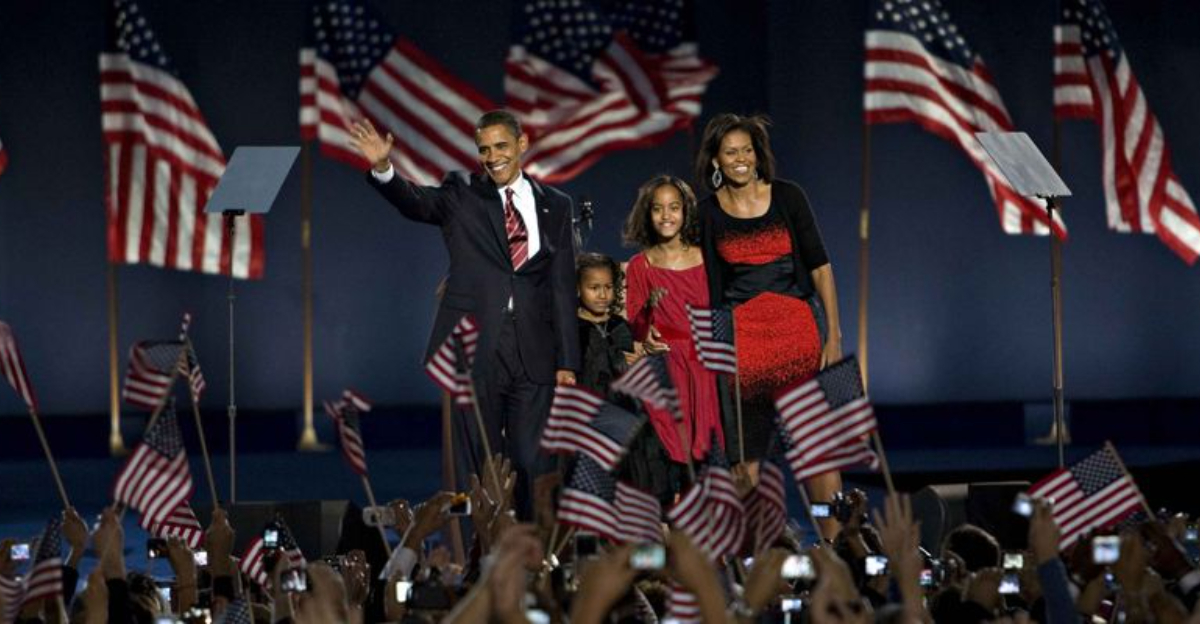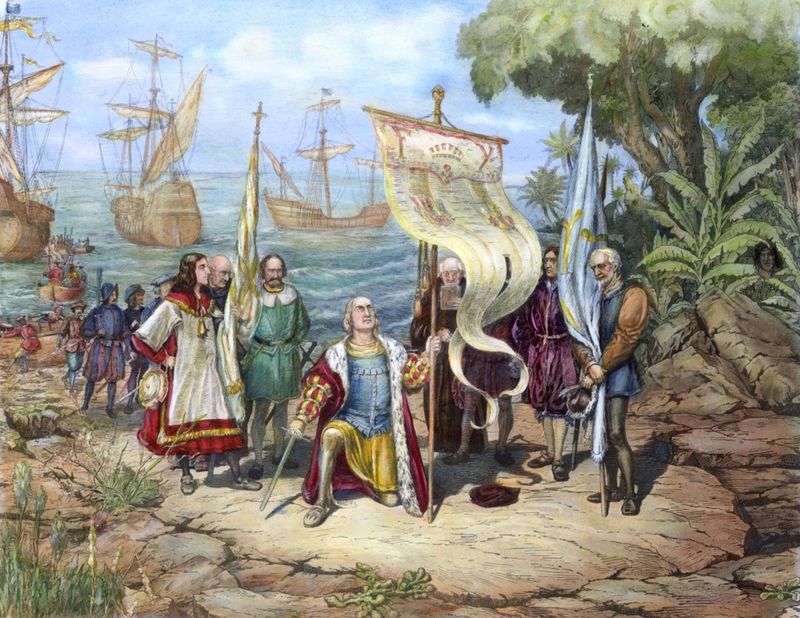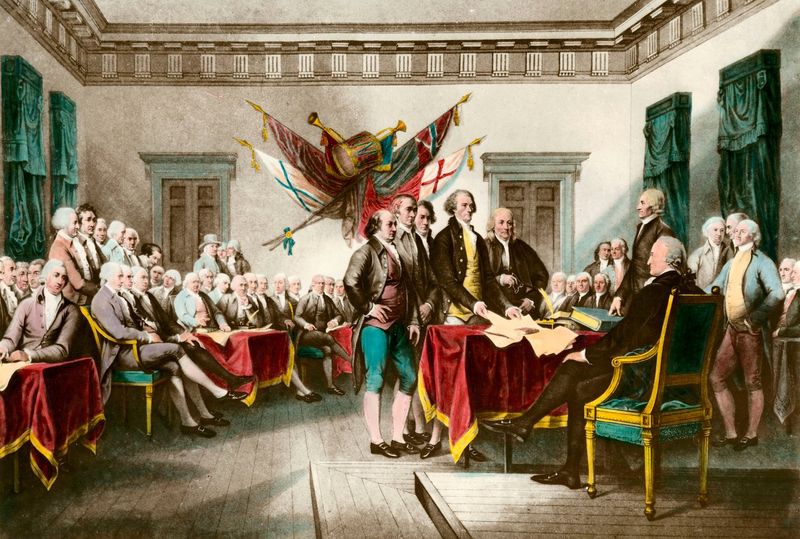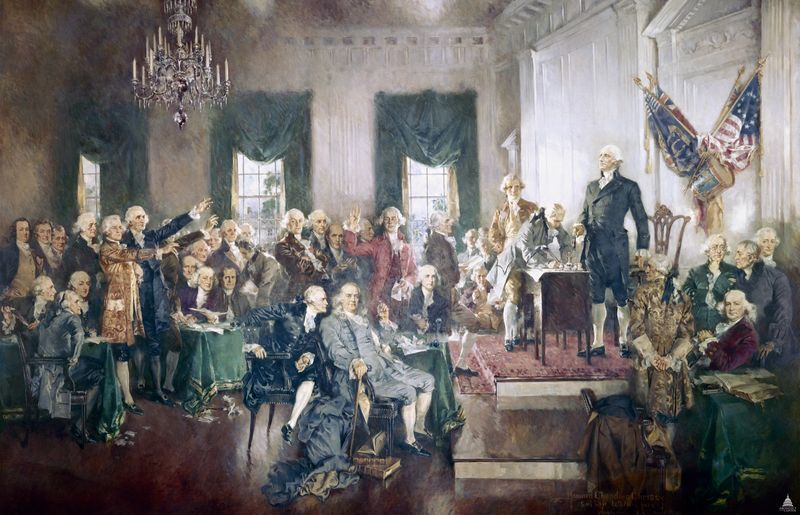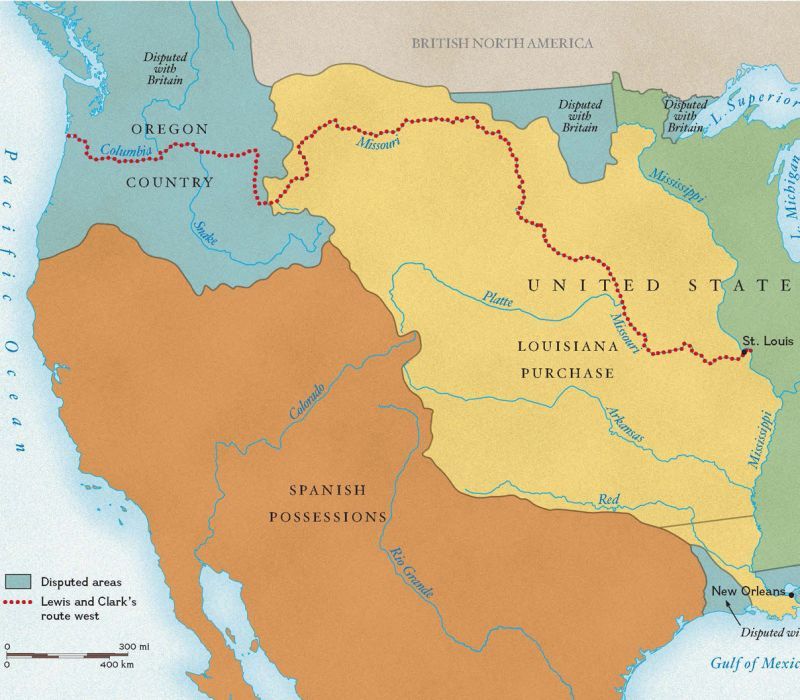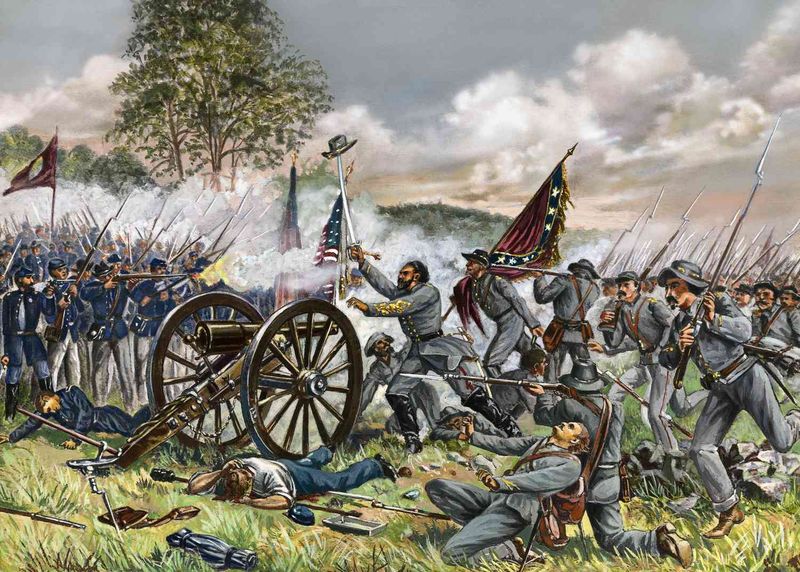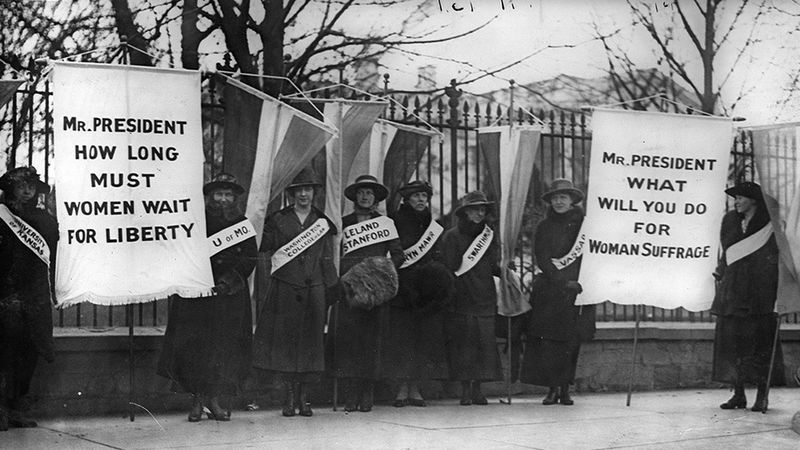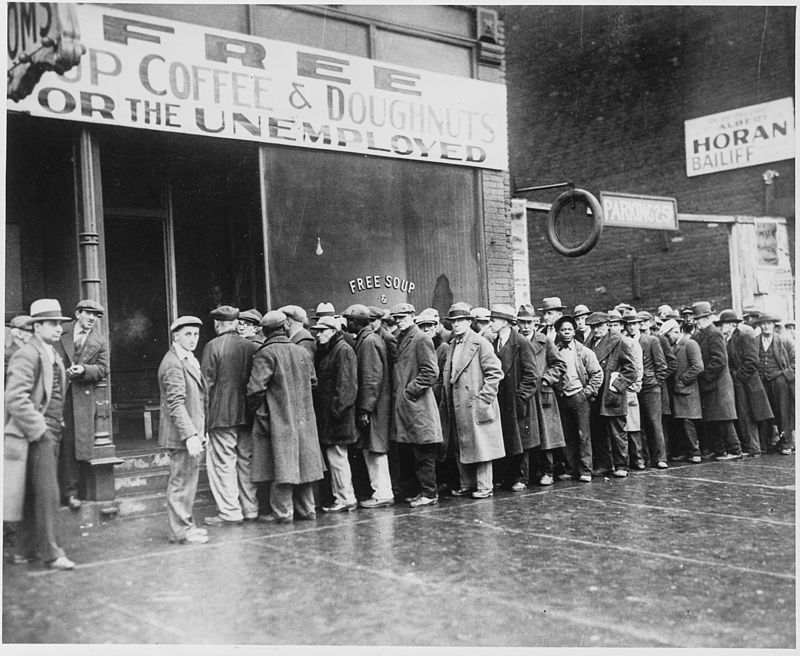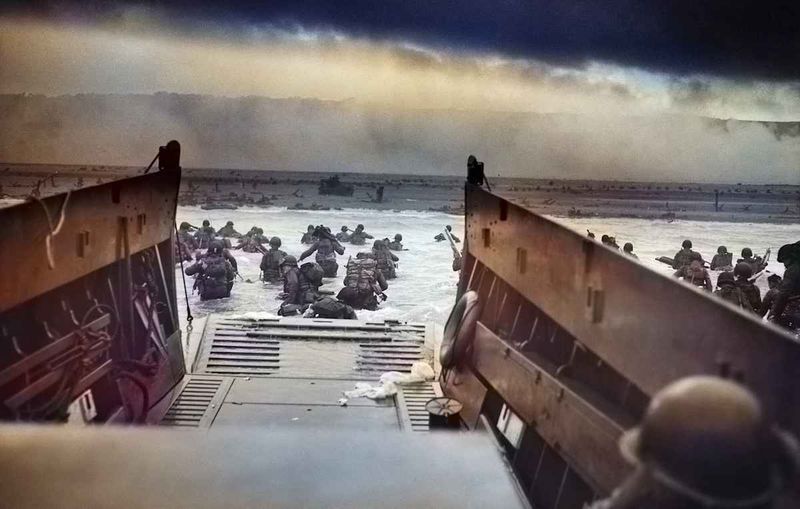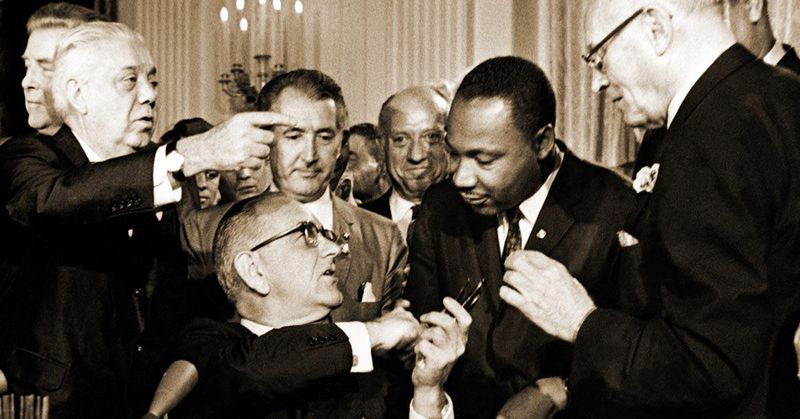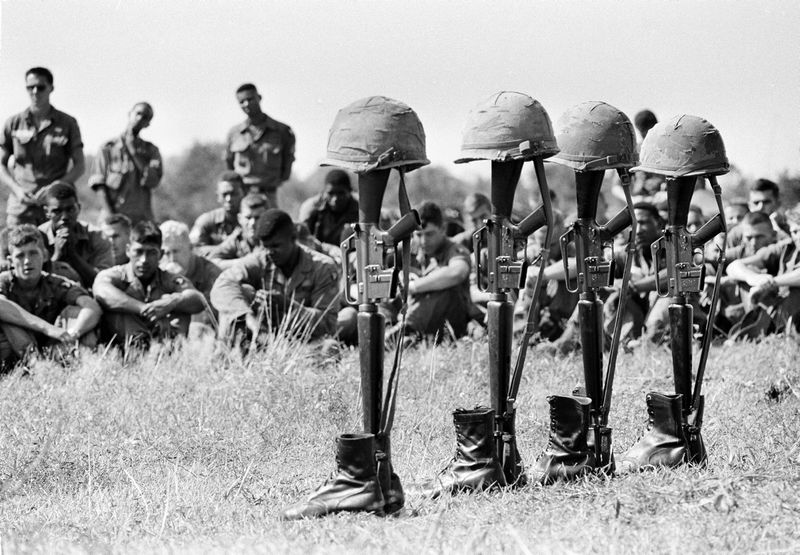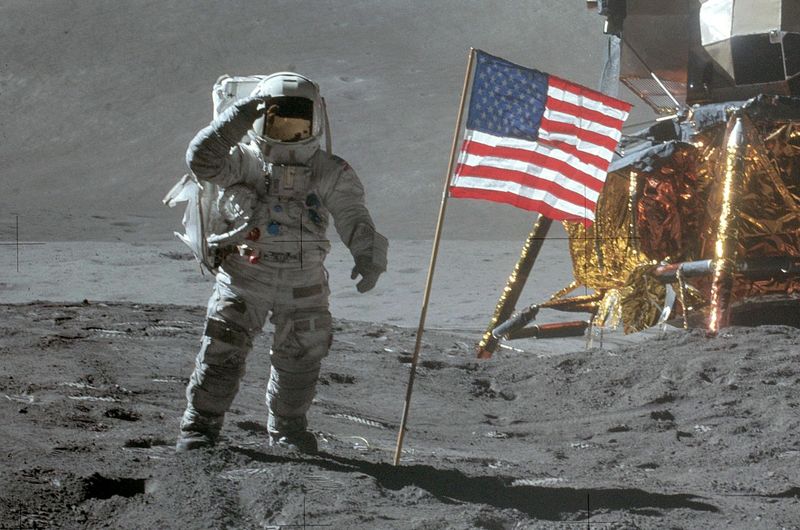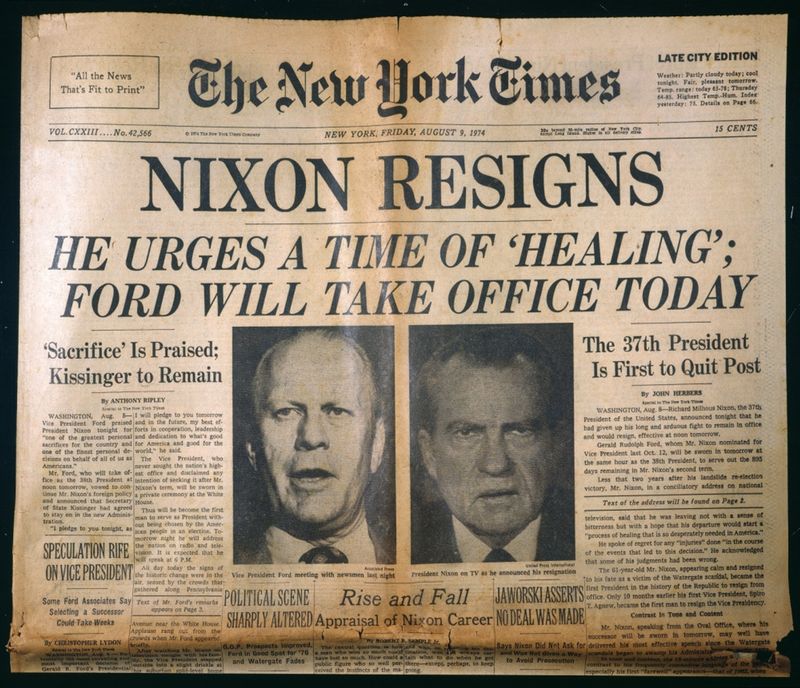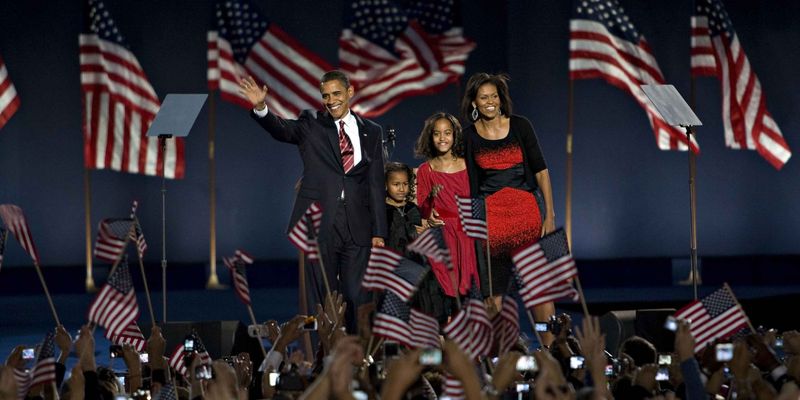America’s story has been shaped by moments that forever changed its path. From colonial discoveries to modern crises, these pivotal events have defined what the United States is today. Each turning point represents a chapter where America faced challenges, embraced opportunities, or confronted its deepest values. Looking back at these watershed moments helps us understand how a young nation grew into a global powerhouse.
1. Columbus’s Voyage to the Americas (1492)
When Christopher Columbus’s three small ships reached Caribbean shores in 1492, he unknowingly set in motion centuries of transformation. Seeking a western route to Asia’s riches, the Italian explorer instead found lands unknown to Europeans. His voyage sparked the Columbian Exchange—a massive transfer of plants, animals, people, and diseases between hemispheres. Europeans gained tomatoes, potatoes, and corn while introducing horses, cattle, and devastating illnesses to the Americas. For Native Americans, who had built complex civilizations over thousands of years, the arrival spelled catastrophe. European diseases like smallpox wiped out entire communities, with some populations declining by 90% within decades.
2. Declaration of Independence (1776)
Fifty-six men risked everything when they signed their names to a revolutionary document on July 4, 1776. The Declaration of Independence, primarily drafted by Thomas Jefferson, boldly announced the colonies’ separation from Great Britain and outlined universal principles that would echo through history. Meeting in Philadelphia during the early battles of the Revolutionary War, the Continental Congress debated, revised, and finally approved the document. Its stirring proclamation that “all men are created equal” with “unalienable rights” established America’s founding ideals. Though initially just words on parchment, the Declaration gave purpose to the revolution and created a new nation founded on radical notions of liberty and self-governance. The signers knew they might face execution for treason, yet they pledged “their lives, fortunes, and sacred honor” to the cause.
3. U.S. Constitution (1787)
After winning independence, America faced a critical question: how to govern itself? The Articles of Confederation proved too weak, with states acting like independent countries and the national government powerless to address mounting problems. In the summer of 1787, delegates gathered in Philadelphia to find solutions. Behind closed doors and through intense debate, they crafted something unexpected—an entirely new constitution establishing a federal republic with three balanced branches of government. The document’s genius lay in its carefully designed system of checks and balances. No single branch—executive, legislative, or judicial—could dominate the others. Power was divided between the federal government and states, while the Bill of Rights (added in 1791) protected individual liberties from government overreach.
4. Louisiana Purchase (1803)
President Thomas Jefferson seized a once-in-a-lifetime opportunity in 1803 when Napoleon Bonaparte offered to sell the entire Louisiana Territory for $15 million. This massive land deal instantly doubled America’s size, adding 828,000 square miles of forests, prairies, and river valleys stretching from the Mississippi River to the Rocky Mountains. Jefferson originally sought only the port of New Orleans, vital for American farmers shipping goods downriver. Napoleon, facing war with Britain and a failed attempt to crush a slave rebellion in Haiti, decided to abandon his North American empire entirely. The purchase proved transformative. It secured the Mississippi River for American commerce, removed European powers from the continent’s interior, and opened vast lands for westward expansion. From this territory, fifteen future states would eventually emerge, though at tremendous cost to displaced Native American nations.
5. American Civil War (1861-1865)
Brother against brother, North against South—the Civil War tore America apart in a struggle that would determine whether the United States would survive and whether slavery would continue. When Confederate forces fired on Fort Sumter in April 1861, few imagined the conflict would last four years and claim over 750,000 lives. The war’s origins lay in decades of tension over slavery’s expansion into western territories. Abraham Lincoln’s election in 1860 prompted Southern states to secede rather than risk slavery’s eventual abolition. The conflict transformed America. Lincoln’s Emancipation Proclamation (1863) recast the war as a struggle for freedom, leading to slavery’s abolition through the 13th Amendment. When Robert E. Lee surrendered to Ulysses S. Grant at Appomattox in April 1865, the Union was preserved, but rebuilding a shattered nation would take generations.
6. Women’s Suffrage and the 19th Amendment (1920)
“Votes for Women” became a rallying cry that echoed across America for over 70 years before finally achieving victory. The women’s suffrage movement began formally at the Seneca Falls Convention in 1848, where Elizabeth Cady Stanton boldly demanded voting rights. Suffragists employed various tactics—peaceful protests, hunger strikes, and persistent lobbying—often facing ridicule, arrest, and forced feeding in prison. Leaders like Susan B. Anthony, Alice Paul, and Ida B. Wells-Barnett dedicated their lives to the cause despite fierce opposition. Victory finally came on August 18, 1920, when Tennessee became the 36th state to ratify the 19th Amendment, securing the necessary three-fourths majority. The amendment’s simple words—”The right of citizens to vote shall not be denied on account of sex”—transformed American democracy by enfranchising half the adult population.
7. The Great Depression (1929-1939)
Black Tuesday—October 29, 1929—marked the beginning of America’s greatest economic catastrophe. Stock prices collapsed, wiping out billions in wealth overnight and triggering a decade-long crisis that touched every aspect of American life. By 1933, unemployment had soared to 25%, with breadlines stretching through city streets. Nearly 9,000 banks failed, erasing the savings of millions. Farmers watched crops wither during the Dust Bowl while unable to pay mortgages, forcing many from lands their families had worked for generations. President Franklin Roosevelt’s New Deal programs—from the Civilian Conservation Corps to Social Security—fundamentally transformed government’s role in American life. The crisis permanently altered the nation’s economic expectations, creating safety nets and regulations that continue today, while leaving psychological scars on a generation that would forever save string and reuse aluminum foil.
8. World War II (1941-1945)
The peaceful Sunday morning of December 7, 1941, shattered when Japanese planes appeared over Pearl Harbor, Hawaii. The surprise attack killed 2,403 Americans and destroyed much of the Pacific Fleet, propelling the United States into history’s deadliest conflict. American industry transformed to support the war effort, with factories churning out planes, ships, and tanks at astonishing rates. Women entered the workforce by the millions while 16 million Americans served in uniform, fighting across Europe and island-hopping toward Japan in the Pacific. The war’s conclusion came after terrible decisions—atomic bombs dropped on Hiroshima and Nagasaki killed over 200,000 Japanese civilians but ended the conflict without an invasion. When peace arrived in August 1945, America emerged as a superpower with unprecedented global influence and responsibilities, forever changing its role in world affairs.
9. Civil Rights Act of 1964
Rosa Parks refusing to give up her bus seat, children facing angry mobs to integrate schools, and protesters enduring fire hoses and police dogs—these brave acts culminated in landmark legislation that transformed American society. The Civil Rights Act of 1964 outlawed discrimination based on race, color, religion, sex, or national origin. Martin Luther King Jr.’s stirring oratory and strategic leadership helped build momentum, particularly after the 1963 March on Washington where he delivered his famous “I Have a Dream” speech. President Kennedy initially proposed the bill, but after his assassination, President Johnson skillfully maneuvered it through Congress despite a 75-day filibuster by Southern senators. The Act dismantled legal segregation in public accommodations, schools, and workplaces across America. Though it couldn’t eliminate racism overnight, it provided legal tools to fight discrimination and sparked further civil rights advances in voting, housing, and beyond.
10. Vietnam War (1965-1975)
America’s longest war until Afghanistan began with good intentions but ended in bitter division. What started as limited involvement to contain communism in Southeast Asia escalated into a full-scale conflict that deployed over 500,000 American troops at its peak. Jungle warfare proved devastating—58,220 Americans died while millions of Vietnamese, Cambodians, and Laotians perished. Television brought the war’s horrors directly into American living rooms for the first time, fueling growing protests as the conflict dragged on without clear progress. The war fractured American society, pitting the “Greatest Generation” against their children and forcing painful questions about national purpose. After peace accords in 1973, American forces withdrew, and Saigon fell to North Vietnamese forces in 1975. The conflict’s legacy includes lingering distrust of government, changes in military policy, and the Vietnam Veterans Memorial in Washington—a stark black wall bearing 58,220 names.
11. Apollo 11 Moon Landing (1969)
“The Eagle has landed.” With these words on July 20, 1969, humans accomplished what had seemed impossible just years earlier—landing on another world. Neil Armstrong’s “small step” onto the lunar surface represented the culmination of America’s space program and a triumph of human ingenuity. The mission required extraordinary precision. After traveling 240,000 miles, the lunar module had to land with limited fuel while Armstrong manually piloted past boulder fields. Back on Earth, an estimated 650 million people—one-fifth of humanity—watched breathlessly on television as Armstrong and Buzz Aldrin explored the lunar surface. Beyond scientific achievement, Apollo 11 carried profound symbolic weight during the Cold War. The mission fulfilled President Kennedy’s 1961 challenge to reach the moon before decade’s end and demonstrated American technological prowess. The astronauts left behind a plaque reading: “We came in peace for all mankind.”
12. Watergate Scandal (1972-1974)
A botched burglary at Democratic headquarters on June 17, 1972, ultimately toppled a presidency and shook Americans’ faith in their government. Five men with connections to President Nixon’s re-election campaign were arrested inside the Watergate office complex, triggering investigations that revealed a stunning web of political espionage and corruption. Washington Post reporters Bob Woodward and Carl Bernstein doggedly pursued the story despite White House denials. The scandal deepened when investigations uncovered secret White House tapes recording Nixon’s conversations—including evidence he had obstructed justice days after the break-in. Facing certain impeachment after the Supreme Court ordered him to surrender the tapes, Nixon resigned on August 8, 1974—the only president ever to do so. His famous farewell included the line: “I have never been a quitter.” Yet the scandal’s legacy endures in Americans’ heightened skepticism toward government and the suffix “-gate” attached to subsequent scandals.
13. September 11 Attacks (2001)
The crystalline blue sky over New York City on September 11, 2001, was shattered when American Airlines Flight 11 slammed into the North Tower of the World Trade Center at 8:46 a.m. Within hours, both 110-story towers collapsed after being struck by hijacked planes, another aircraft hit the Pentagon, and a fourth crashed in Pennsylvania after passengers fought back. Americans watched in horror as nearly 3,000 people perished, including office workers, firefighters, and police officers who rushed into burning buildings. The attackers were 19 members of the terrorist group Al-Qaeda, led by Osama bin Laden. The attacks transformed American life almost overnight. President Bush declared a “War on Terror” that led to military operations in Afghanistan and Iraq. New security measures appeared everywhere—from airports to office buildings—while Americans grappled with a profound sense of vulnerability previously unknown to generations born after Pearl Harbor.
14. Election of Barack Obama (2008)
“Yes we can!” The chant echoed through Chicago’s Grant Park on November 4, 2008, as Barack Obama became the first African American elected President of the United States. His victory came less than 150 years after the Civil War ended slavery and just decades after the Civil Rights Movement fought to dismantle legal segregation. Obama, the son of a Kenyan father and Kansas mother, defeated Senator John McCain with 365 electoral votes and nearly 53% of the popular vote. His campaign energized young voters and minorities while emphasizing themes of hope and change during the worst economic crisis since the Great Depression. The historic nature of his election moved many Americans to tears. Civil rights veteran John Lewis observed: “When we were trying to register to vote in Alabama, people were being beaten, people were being killed…Tonight we can celebrate and thank God Almighty.” Obama’s inauguration in January 2009 drew the largest crowd ever assembled in Washington, D.C.
15. COVID-19 Pandemic (2020)
Empty streets, masked faces, and Zoom meetings became the hallmarks of American life when COVID-19 struck in early 2020. The novel coronavirus spread with stunning speed, forcing unprecedented nationwide shutdowns as hospitals filled with patients struggling to breathe. Americans adapted to extraordinary changes: children attended school remotely, businesses closed or shifted to takeout-only models, and families said goodbye to loved ones through phone screens. Healthcare workers battled exhaustion while treating waves of patients in overwhelmed hospitals. The pandemic exposed societal fault lines—communities of color suffered disproportionately higher death rates while essential workers faced daily exposure risks. Scientific achievement provided hope when vaccines developed in record time became available by December 2020. Yet by the time the worst had passed, over one million Americans had died—more than all U.S. combat deaths in all wars combined, leaving a nation forever changed by collective trauma and resilience.
